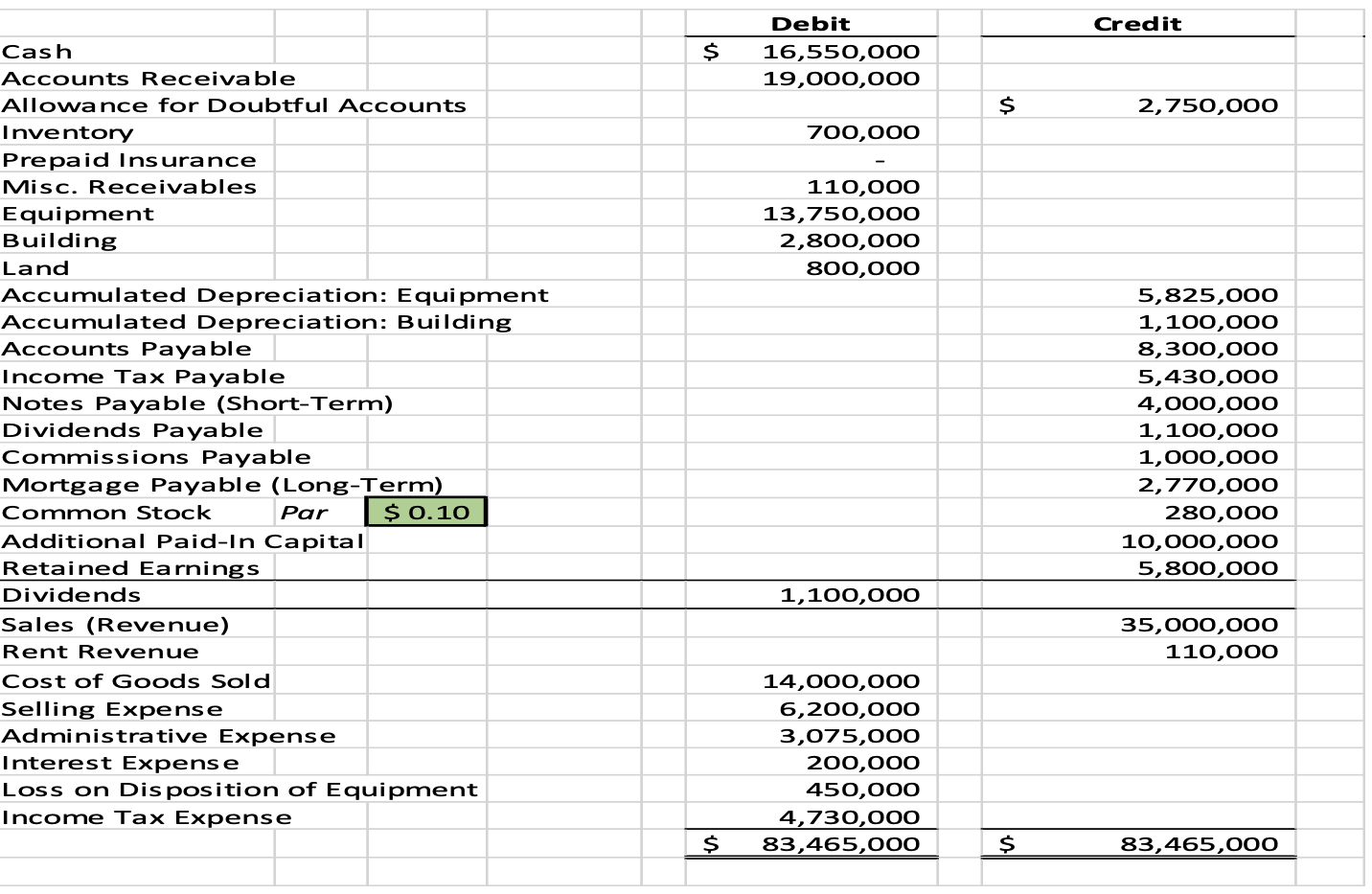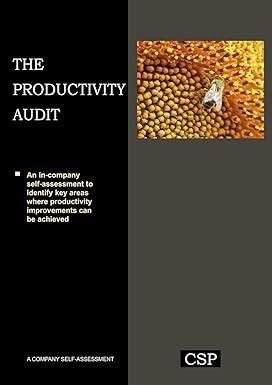Answered step by step
Verified Expert Solution
Question
1 Approved Answer
Credit $ Debit 16,550,000 19,000,000 $ 2,750,000 700,000 110,000 13,750,000 2,800,000 800,000 Cash Accounts Receivable Allowance for Doubtful Accounts Inventory Prepaid Insurance Misc. Receivables Equipment


Step by Step Solution
There are 3 Steps involved in it
Step: 1

Get Instant Access to Expert-Tailored Solutions
See step-by-step solutions with expert insights and AI powered tools for academic success
Step: 2

Step: 3

Ace Your Homework with AI
Get the answers you need in no time with our AI-driven, step-by-step assistance
Get Started


